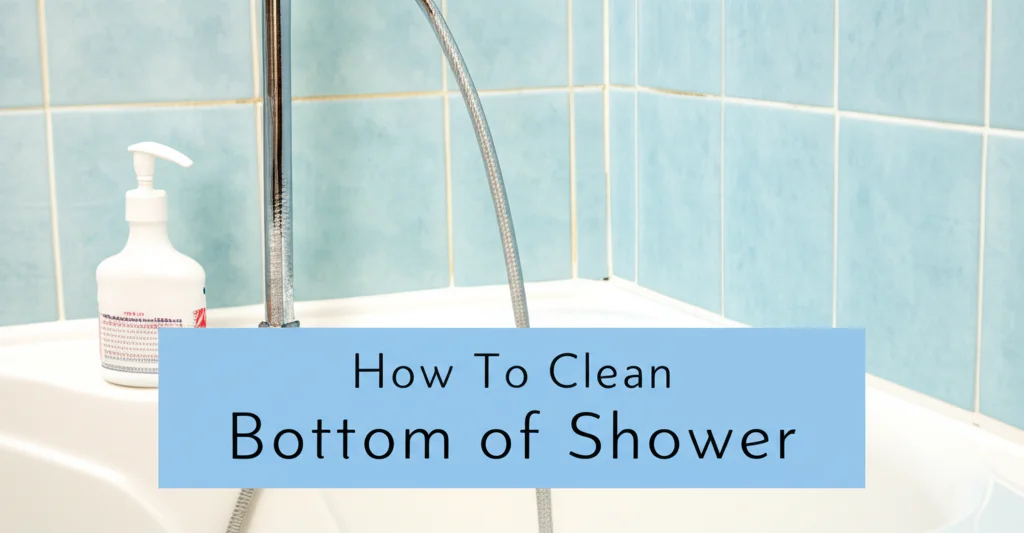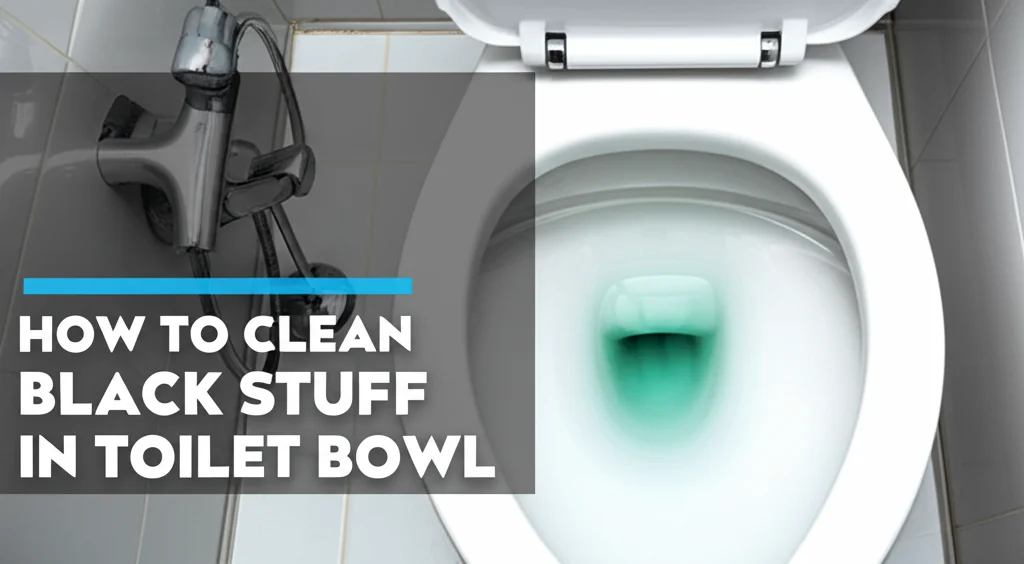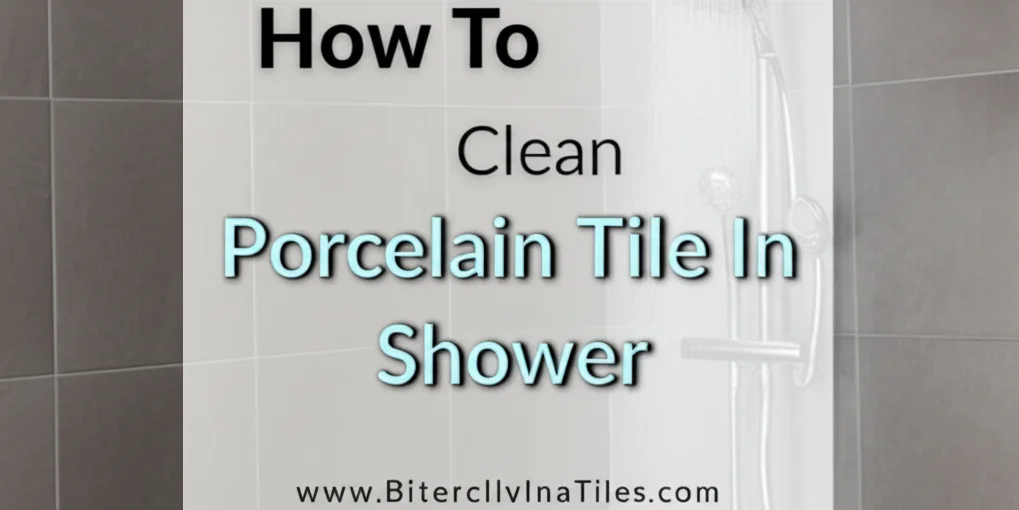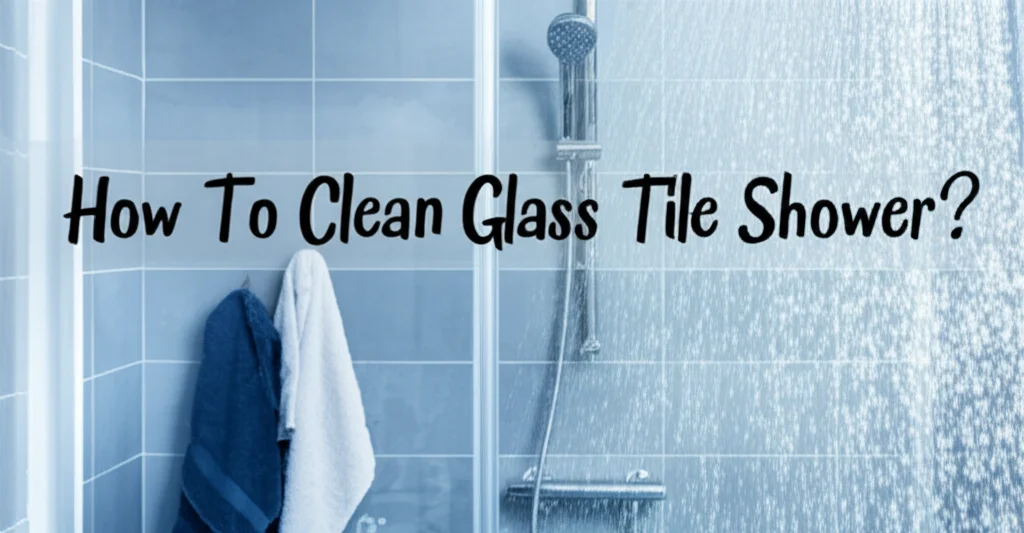· Bathroom Cleaning · 6 min read
How to Remove Mold From Shower Caulking
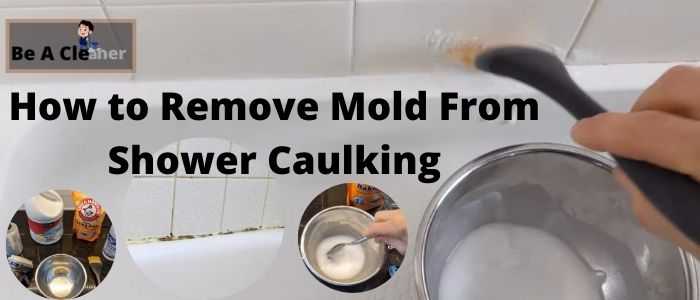
Did you find mold present in your shower caulking? Worried? You should be. But finding mold in your bathroom is quite natural because a bathroom is a place where you will find excessive moisture.
Mold isn’t only annoying; it is also harmful to our health. It can cause several health problems like sneezing, nausea, skin rashes and irritation, yeast infection, eye infection, breath problem, allergies, etc.
So before the shower caulk turns black, you should try to get rid of mold from shower caulking as soon as you notice. How to remove mold from shower caulking?
We will share the process below. Scroll down and learn to clean caulk in shower.
How to Remove Mold From Shower Caulking
Shower caulk mold removal isn’t a complicated process. You can use a caulk cleaner or use some home ingredients to remove mold from caulking. Excited to know how to remove mold from caulk in shower?
We will share the method of cleaning moldy caulk here. Our mold removing process is tried. So be assured you will get rid of the mold problem if you follow our instructions.
Let’s know the method in some steps.
Using Bleach to Remove Mold from Shower Caulking
Step one: First, collect the items you will need for this process. Bring together Bleach, Warm Water, Spray Bottle, Toilet Paper, Tissue, Hand Gloves, Mask, Goggles, Sponge, Bristle Brush.
Step two: Wear protective gear, masks, hand gloves, and google. Open the windows or doors, try to ventilate the area as much as you can. If possible, turn on a fan.
Step three: It’s time to prepare the solution. Take one cup of bleach in a bucket or bowl and add one gallon of warm water to it. Mix them until bleach dissolves.
Step Four: Take toilet paper or tissue and damp in the solution. Don’t wring the toilet paper or tissue; roll up and place them in the shower caulk mold area.
Step five: Leave the shower caulk like this for at least 12 hours. Meantime the tissue paper will absorb the moisture, and the mold will be loosened.
Step six: After the time is up, take the bristle brush and scrub a little. All the mold will come off quickly. Now rinse it with water. Spray vinegar on the shower caulk and leave it for fifteen minutes. It will kill the mold from the root and make sure mold doesn’t come again.
How to Stop Mold from Growing Again?
It’s very easy to stop the nasty mold from growing again.
You just have to follow some easy steps:
Ventilate the Bathroom: After taking a shower, try to keep the door and windows open. In addition, turn on a ventilator fan to circulate air. It will stop the bathroom from being moisturized.
Regular Cleaning: Removing mold isn’t enough to keep the mold away from the shower caulking. It can grow again. A bathroom is a place of moisture, so the mold will start growing after a few days.
So you should maintain some regular cleaning. For routine cleaning, make a solution of vinegar and warm water. Take two parts of warm water in a spray bottle and fill the rest of the bottle with vinegar.
Stir well and spray on the shower caulking and all around the bathroom. Leave it for ten to fifteen minutes and then rinse with water. Now use a microfiber cloth and wipe away the excess moisture. Then ventilate the bathroom.
Check the Shower Caulk: There is a lifespan of a shower caulk. A shower caulk runs for a maximum of five years. But it doesn’t mean it will go for five years for sure. It can crack or wear out sometimes.
And if the caulk is broken or cracked, then moisture will go behind, and ultimately mold can grow. So check your shower caulk is free of crack or broken problems and be free of mold on the caulk.
Causes
You should keep in mind some things when you follow our shower caulking mold removing process.
- Don’t skip ventilating the bathroom; if there is no window or ventilation fan, bring one right now. When you use bleach, it’s essential to ventilate the area.
- Wear protective gear. Using bleach isn’t a safe thing. It can cause you burning if it gets in contact with you or can cause other health problems if it goes into your mouth, eyes or nose. So wear hand gloves, a face mask, and goggles.
- Do the process during daytime. As you need to keep the door and window open to ventilate the area, it will be best to do it during the day.
FAQs
Is black mold in shower caulk dangerous?
Yes, black mold in shower caulk is dangerous. Black mold can cause various health problems to normal to sensitive people. Skin rashes, Dizziness, Allergies, Nausea, Asthma, Lung Infection, are some health diseases mold can be the reason. So clean it immediately.
Is vinegar or bleach better for killing mold?
Vinegar and bleach both ar effective cleaning agents for killing mold. But vinegar is far better than bleach. Bleach can clean the mold surface, but it doesn’t clean it deeply, while vinegar can deep clean the mold, and regular use of it will stop the mold from coming back.
What are the signs that mold is making you sick?
Mold can make a healthy person sick, and there are some signs available that can prove that mold is making you sick. If your eyes are becoming red, runny nose got blocked suddenly, feeling dry cough, skin rashes or itching, a sore throat, wheezing, etc.
Why does mold keep growing in my shower?
Mold grows when it finds moisture. The moisture and heat are helping the mold to grow. And if there is dust availability in your bathroom, it’s also helping the mold spread rapidly.
How do I get rid of mold and mildew in my shower naturally?
To get rid of mold and mildew in your shower naturally, you can use some home ingredients. Prepare a solution with warm water and hydrogen peroxide. Take both the components equally, and add one tablespoon of baking soda to it. Spray the solution on the mold and mildew surface, leave it for ten to fifteen minutes. Now scrub gently and rinse with water.
Conclusion
Now you know how to remove mold from shower caulking. Follow the process we shared above and get rid of shower caulking mold. And don’t forget the steps we shared about stopping the mold from growing again.

